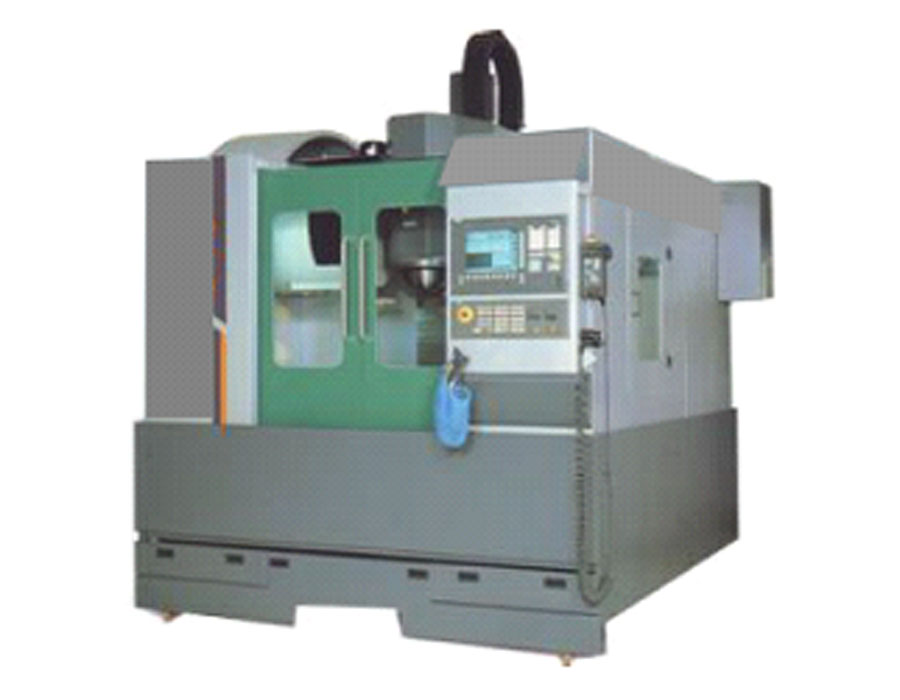
VMC Machine (Vertical Machining Centre)
A vertical milling centre (VMC) is a machine tool used in manufacturing processes for precision
machining. It employs a vertically oriented spindle that moves along the Z-axis, allowing for
the creation of complex shapes and features on a workpiece. The VMC’s design offers
several advantages, including increased rigidity, better stability, and improved accessibility
to the workpiece. It is widely used in industries such as automotive, aerospace, and
electronics.
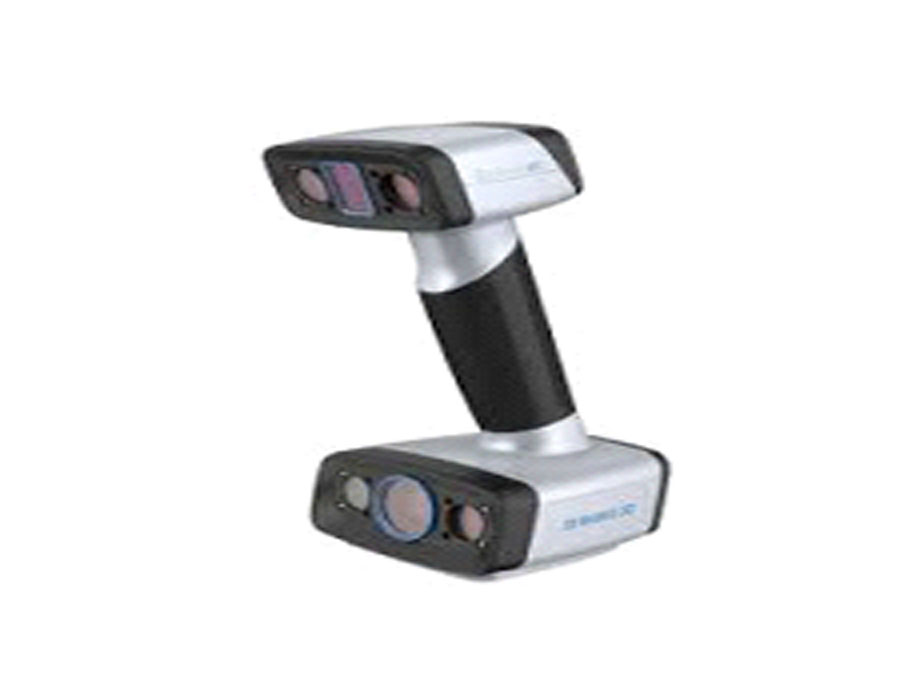
3D Scanner
A 3D scanner is a device used to capture the physical geometry of an object and create a digital
3D model. It employs various technologies, such as laser, structured light, or photogrammetry,
to accurately capture the shape, texture, and dimensions of the object. The scanner emits
signals or captures images from multiple angles, which are then processed to generate a detailed
3D representation. 3D scanners find applications in numerous fields, including engineering,
design, healthcare, and entertainment. They enable reverse engineering, quality control, virtual
prototyping, and 3D visualization.
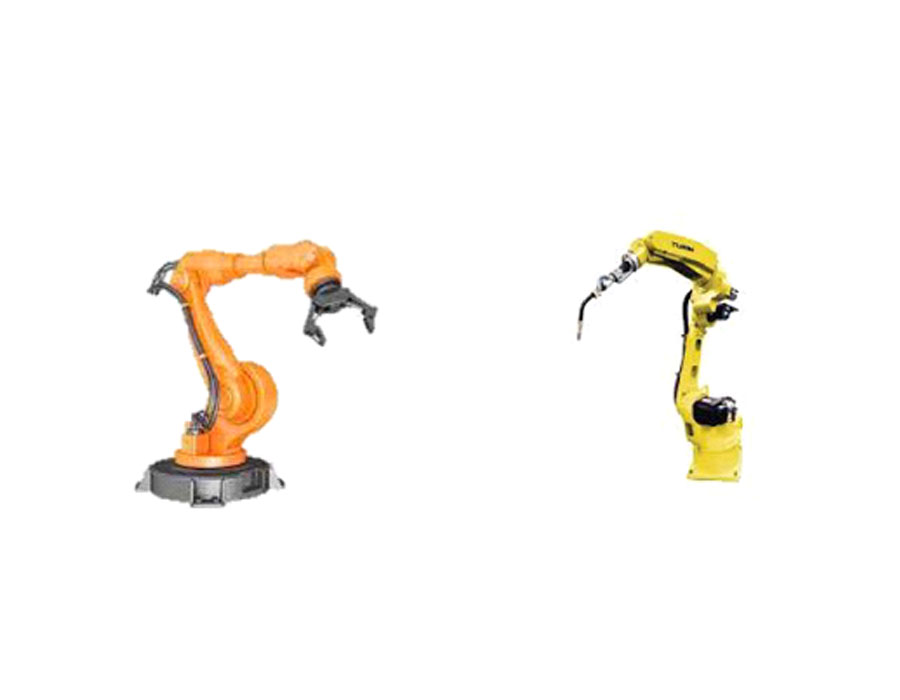
Robotic Arm
A robotic arm is a mechanical device designed to mimic the movement and functionality of a human
arm. It consists of multiple joints and segments, which can be controlled by motors, hydraulics,
or pneumatics. Robotic arms are extensively used in industrial settings for a wide range of
tasks, including assembly, welding, material handling, painting, and inspection. They offer
several advantages, such as increased precision, speed, and repeatability compared to human
labour. Robotic arms can be programmed to perform complex sequences of movements with high
accuracy, improving efficiency and productivity.
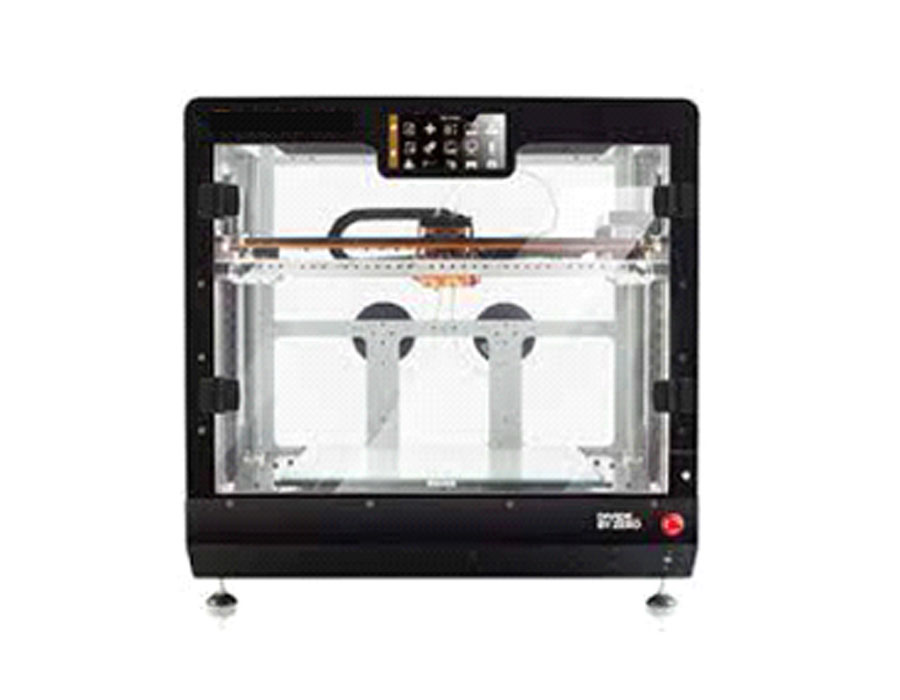
3D Printer
A 3D printer is an additive manufacturing device that creates physical objects by layering
materials based on a digital model. It works by depositing successive layers of material, such
as plastic, metal, or resin, to build the desired object. 3D printers have revolutionized
manufacturing, prototyping. and design processes by enabling rapid and cost-effective production
of complex shapes and structures. 3D printers find applications in various industries, including
aerospace, healthcare, architecture, and consumer goods.
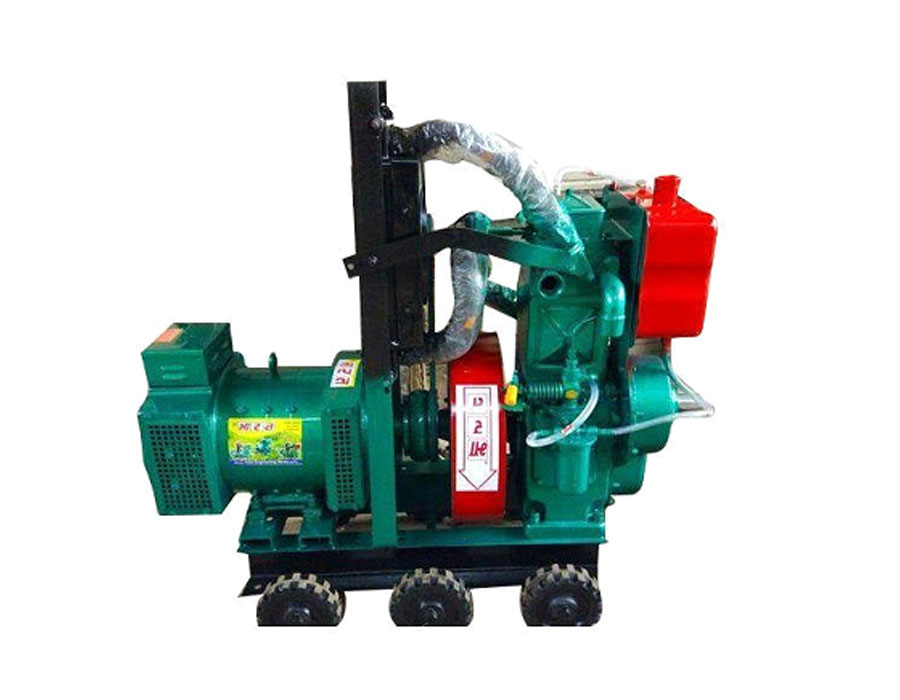
Genset To Make Smart Genset
A smart genset, short for a smart generator set, is an advanced and technologically equipped
power generation unit. It consists of a generator, an engine, and sophisticated control systems
that allow for intelligent and efficient operation. Smart gensets offer several key features and
benefits. They can be remotely monitored and controlled through digital interfaces, enabling
real-time data collection and analysis. These data- driven insights help optimize fuel
consumption, maintenance scheduling, and performance, leading to increased efficiency and cost
savings. Smart gensets often come with automation capabilities, allowing them to start or shut
down automatically based on power demand fluctuations. They find applications in various
sectors, including construction, telecommunications, data centers, and emergency backup systems.
Smart gensets contribute to a greener environment by reducing emissions and supporting
sustainable power generation practices.
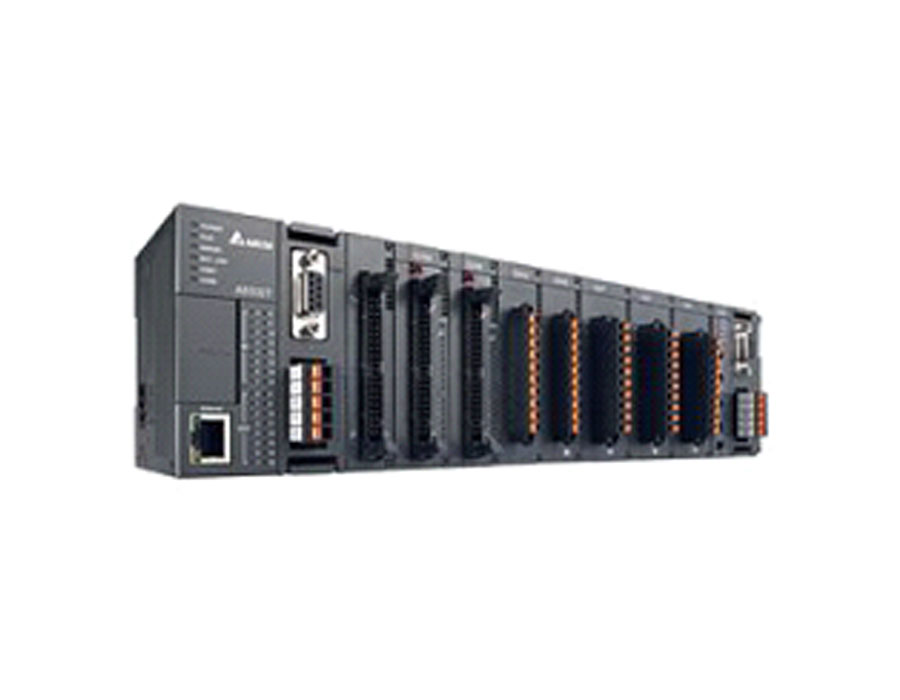
Industrial Automation (Automation Lab)
Industrial automation refers to the use of computerized systems and machinery to automate
various manufacturing and production processes. It involves the integration of technologies such
as robotics, control systems, sensors, and computer software to streamline operations, increase
efficiency, and enhance productivity. Industrial automation eliminates manual labour, reduces
human error, and enables continuous operation of machinery. Resulting in improved quality,
consistency. And output. It plays a significant role in industries such as manufacturing.
Automotive, pharmaceuticals, and logistics.

Smart Glasses (Augmented Reality)
Smart glasses are wearable devices that combine traditional eyewear with advanced technologies,
such as augmented reality (AR) or heads-up displays (HUD). They provide users with an
interactive and immersive visual experience by overlaying digital information onto the real
world. Smart glasses offer a range of functionalities. including displaying notifications,
accessing information, navigation, and hands-free communication. They find applications in
various fields, such as industrial maintenance, healthcare, logistics, and gaming. Smart glasses
enhance productivity by providing real-time data and instructions, improving efficiency and
accuracy in tasks.
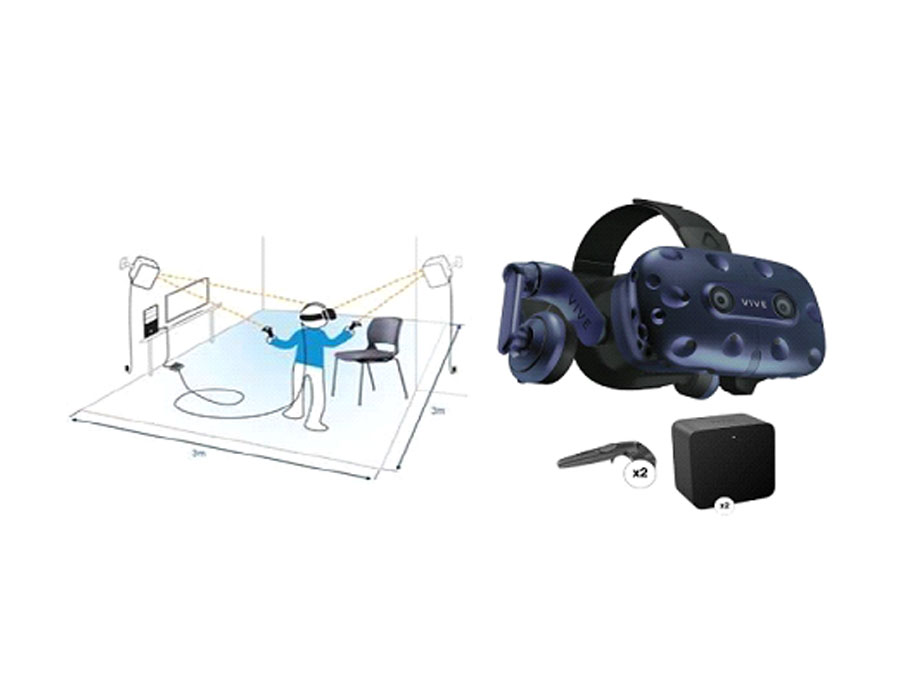
Virtual Reality (VR)
A VR (Virtual Reality) set, also known as a VR headset, is a device that immerses users in a
simulated virtual environment. It typically consists of a head-mounted display (HMD) along with
built-in motion sensors and audio capabilities. VR sets create an immersive experience by
presenting a 3D visual and auditory environment that reacts to the user’s head movements.
They are used in various applications, including gaming, entertainment, education, training. And
simulation. VR sets enable users to interact with virtual objects, explore virtual worlds, and
engage in realistic simulations.
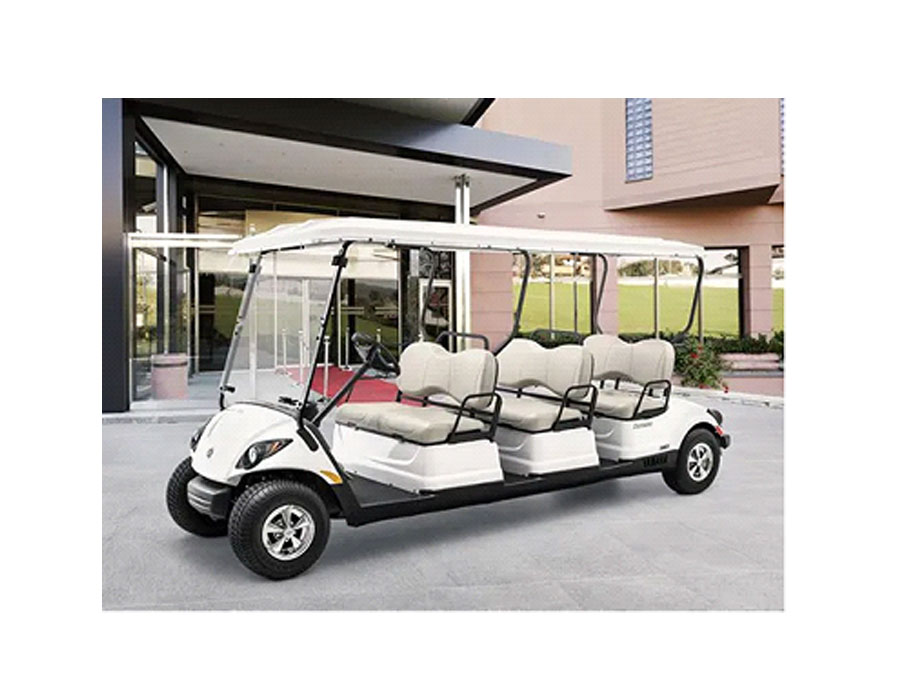
E-vehicles
A smart electric vehicle (e-vehicle) is an advanced and eco-friendly mode of transportation with
an electric powertrain and connected features. It utilizes rechargeable batteries, reduces
emissions, and promotes sustainability. Equipped with internet connectivity, smart e-vehicles
offer real-time navigation, autonomous driving. and over-the-air updates. Safety features like
ADAS and regenerative braking enhance efficiency. Infotainment systems, smartphone integration,
and energy optimization ensure a seamless driving experience. Smart e-vehicles play a vital role
in fostering greener and more efficient transportation solutions for a sustainable future.